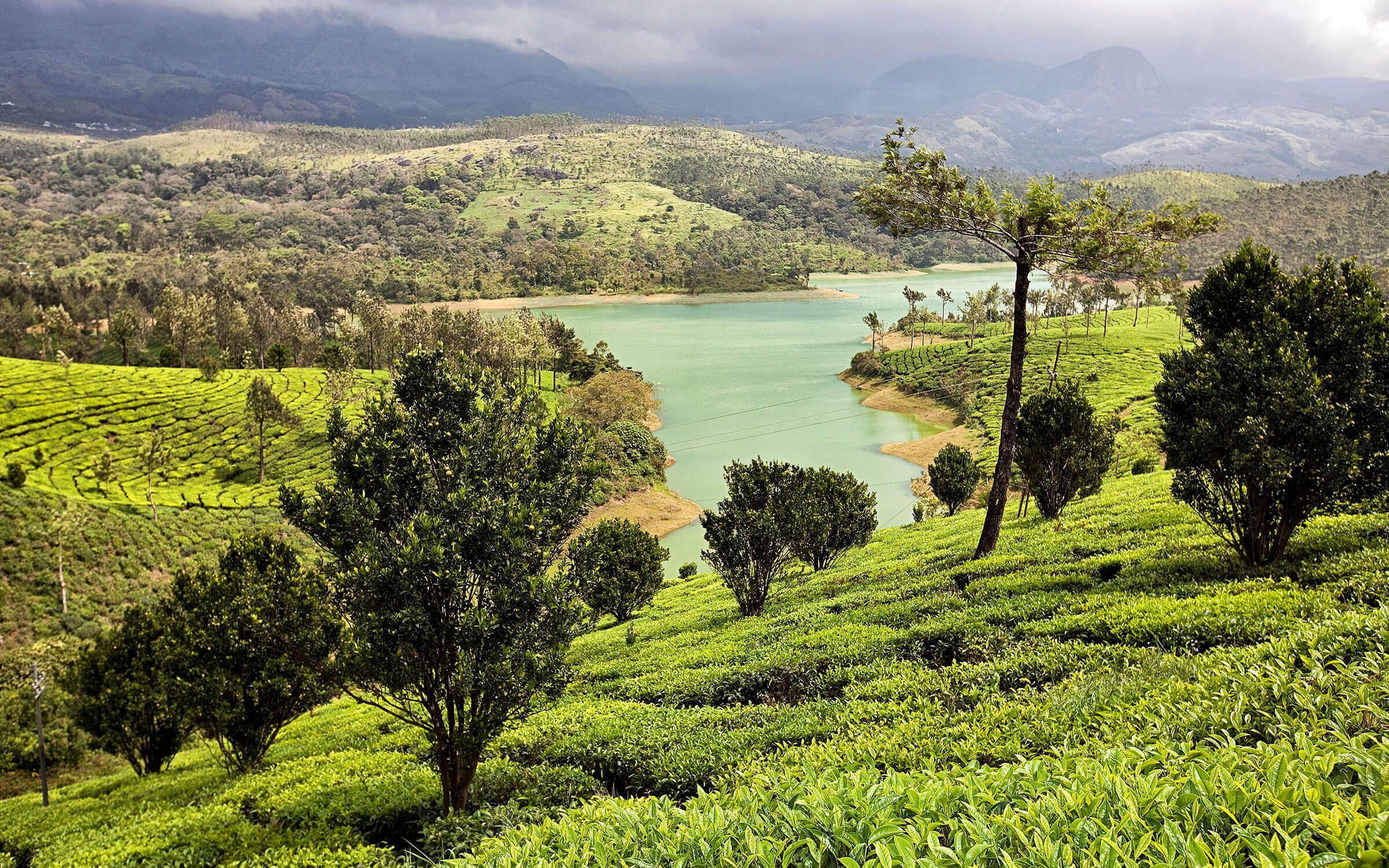Life Springs Eternal: A Glimpse of Paradise
The India of most Westerners’ imaginations—a place of sprawling cities, ornate palaces, Bollywood glamour and busy streets packed with busier people—is the industrialized and densely populated India of the north. But down south on the shores of the Arabian Sea lies a different kind of India, a lush green playground of rivers and lakes that’s as low-key and calming as its northern neighbours are fast-paced and frantic. Welcome to Kerala; a secret slice of heaven right here on Earth.
The best-selling travelogue 1,000 Places to See Before You Die describes the river kingdom of Kerala as “staggeringly beautiful,” but B&R’s researchers disagree. “It’s beyond beautiful,” says Kristi Elborne, B&R’s resident guru of all things India. “The combination of dense, verdant forests, mirror-still waters and friendly, welcoming people make it feel downright unearthly. The act of breathing alone is enough to make you feel refreshed and invigorated; the stress melting away with each cleansing breath.”
High praise, to be sure, but Kerala earns every lofty adjective bestowed upon it. Boasting an impressive quality of life (longer average life spans, a near-100% literacy rate, minimal governmental corruption, an abundance of agricultural wealth and ayurveda, the all-natural life-science that treats mind, body and soul in tandem), you’d expect the place to be overrun with tourists and locals alike. But while its profile has risen in recent years, this secluded Shangri-la still feels fresh, private and unspoiled, like your own personal discovery.
Kochi: Gateway to the River Kingdom
In 2009, B&R’s inaugural foray into paradise begins in the port city of Kochi. A spice-trading nexus for centuries, the “Queen of the Arabian Sea” ranks as one of India’s most diverse communities; take a stroll through historic Fort Cochin and you’ll encounter Dutch homes, Portuguese churches and cottages and English warehouses amongst Indian architecture both old and new.
In addition to its role as a spice port, Kochi is an important centre of traditional South Indian culture. The dazzling kathakali dance-drama, indigenous to Kerala and still thriving here after hundreds of years, is a definite must-see. And at Fort Cochin, be sure to seek out the famed mat-weavers; watching these skilled artisans turn jute and coconut fibers into amazing works of art is a highlight of any visit.
Munnar: Welcome to the Jungle
Shielded by the Western Ghat mountain range and surrounded on all sides by thick jungle, Munnar is a former British tea plantation turned ecotourism Mecca. Shaded beneath a leafy canopy, this part of Kerala is often described as the “Kashmir of South India” and is home to a diverse array of flora, including the capricious Neelakurinji, a flower that blossoms once every dozen years.
And as wild as it looks, decorum and civility are still in full effect; the celebrated Munnar Tea Gardens feature some of the best and most renowned tea estates in the entire world. Come for the wondrous natural scenery, stay for the delectable hand-plucked Idukki black.
Lake Vembanad: Lake, Superior
The largest body of water in Kerala (and one of the biggest in India), the smooth waters of Lake Vembanad are literally the lifeblood of this region. More than 1.6 million people live along the shore of the lake, and virtually all depend upon it for work, food and transport. The most ubiquitous craft on the lake is undoubtedly the kettuvalam, or houseboat; hundreds of which can be seen patrolling the waters at the peak of the day. The lake’s eastern shore hosts the Kumarakom Bird Sanctuary, home to a staggering variety of waterfowl, cormorants, kites, herons, ducks and migratory birds from as far north as Siberia. For bird-lovers, a pre-dawn stroll through the sanctuary is a definite must-do.

